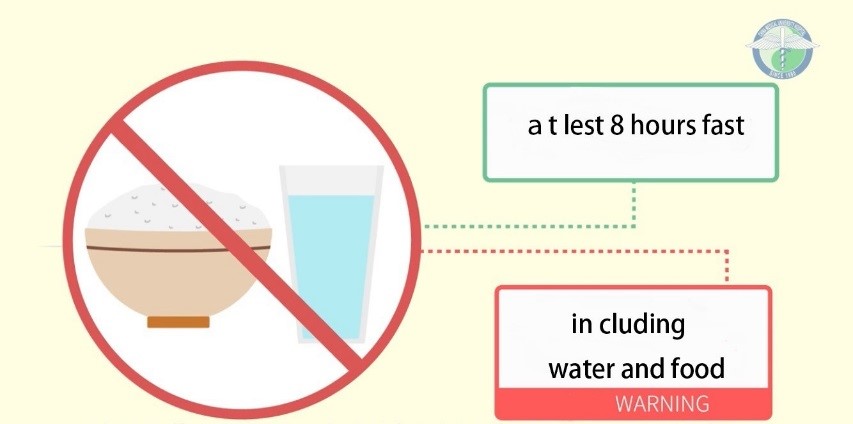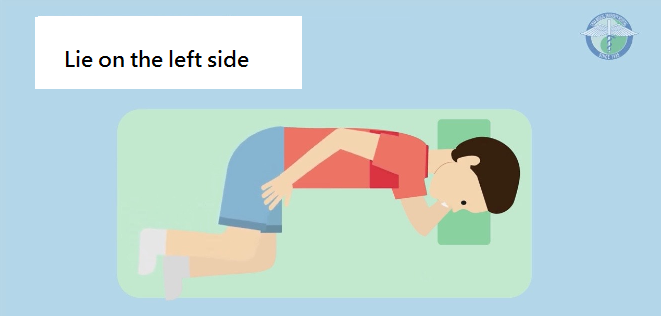What is an esophagogastroduodenoscopy (EGD)
EGD (also known as upper endoscopy, upper GI endoscopy gastroscopy, or panendoscopy) is a procedure that enables your physician to inspect the lining of the upper part of your gastrointestinal tract, i.e., the esophagus, stomach, and the duodenum (first and second portion of the duodenum) by using a thin flexible tube approximately 100cm in length.
Indications of EGD
- Diagnostic:
- Upper gastrointestinal bleeding as evidenced by hematemesis or melena
- Heartburn and chronic acid reflux
- Ulcer-related epigastric upset
- Dysphagia - difficulty in swallowing
- Odynophagia - painful swallowing
- Unexplained anemia (usually along with a colonoscopy)
- Persistent dyspepsia - indigestion
- Persistent vomiting
- Occasionally after gastric surgery
- Surveillance of cancer
- Confirmation of diagnosis (via biopsy)
- Confirmation of celiac disease (via biopsy)
- Evaluation of severity of chemical injury (acidic or alkaline substances)
- Diagnosis of Helicobacter pylori infection
- Therapeutic:
- Treatment (banding/sclerotherapy) of esophageal varices and gastric varices.
- To remove superficial neoplasms ( polypectomy endoscopic mucosal resection, endoscopic submucosal dissection).
- Retrieval of foreign bodies that have been ingested.
- Dilating or stenting of stenosis or achalasia.
- Drainage of pancreatic pseudocyst.


Risks
The complication rate is relatively rare (less than 1 in 1000),
Including: aspiration, bleeding, perforation, cardiopulmonary problems, and stroke.
Limitations
Problems like irritable bowel syndrome and functional dyspepsia are usually not well diagnosed by endoscopy. Nonetheless, EGD may be helpful in excluding other potentially serious diseases.
Before the procedure
- Please read the consent form and providing clear description of complications of EGD before the examination.
- The stomach is supposed to be empty for the examination, you shouldn’t taking any food before 8hrs, including water and medicine.
- If you have drug allergies, use of anticoagulants or platelet inhibitors, glaucoma, prostate hypertrophy, heart disease, arrhythmia, artificial valves, artificial blood vessels, cardiac rhythm regulators, pregnancy, idiosyncrasies, AIDS or other infections If you are sick, please report to your doctor first.
- You may be asked to swallow some defoaming agent (gascon) and have your throat sprayed with a little local anesthesics which could occasionally make you feel a bit nausea.
- And you need to have an intramuscular injection to relax the stomach and bowels.
- Then the doctor will review the conditions with you especially in why you are going to undergo the endoscopy.
The procedure
- Practices vary among our highly trained physicians. Just follow the physician's instructions during the procedure which usually takes no more than 10 minutes if only routine examination steps are done.
- Generally breathe smoothly through the nose and avoid swallowing to prevent from aspiration.
- Once you are positioned comfortably, the physician will pass the endoscope carefully and smoothly into the mouth, through the throat, down to esophagus and in turn the stomach and the duodenum. Then we will withdraw the endoscope at the end. Careful inspection will also be done simultaneously throughout the entire procedure.
Aftercare
- In most circumstances, your physician can inform you of your test results on the day of the procedure; however, the results of biopsies or cytology samples will not be available after 7 working days.
- You are supposed to visit your doctor at OPD as appointed.
- Your throat may be a little sore for a while.
- And you may feel bloated for a while after the procedure because of the air introduced into your stomach during the examination.
- You will be able to resume your diet 30 minutes after you leave the procedure area unless you are instructed otherwise.
- Please come back to ER for medical attention if any complications or serious symptoms occurred.

